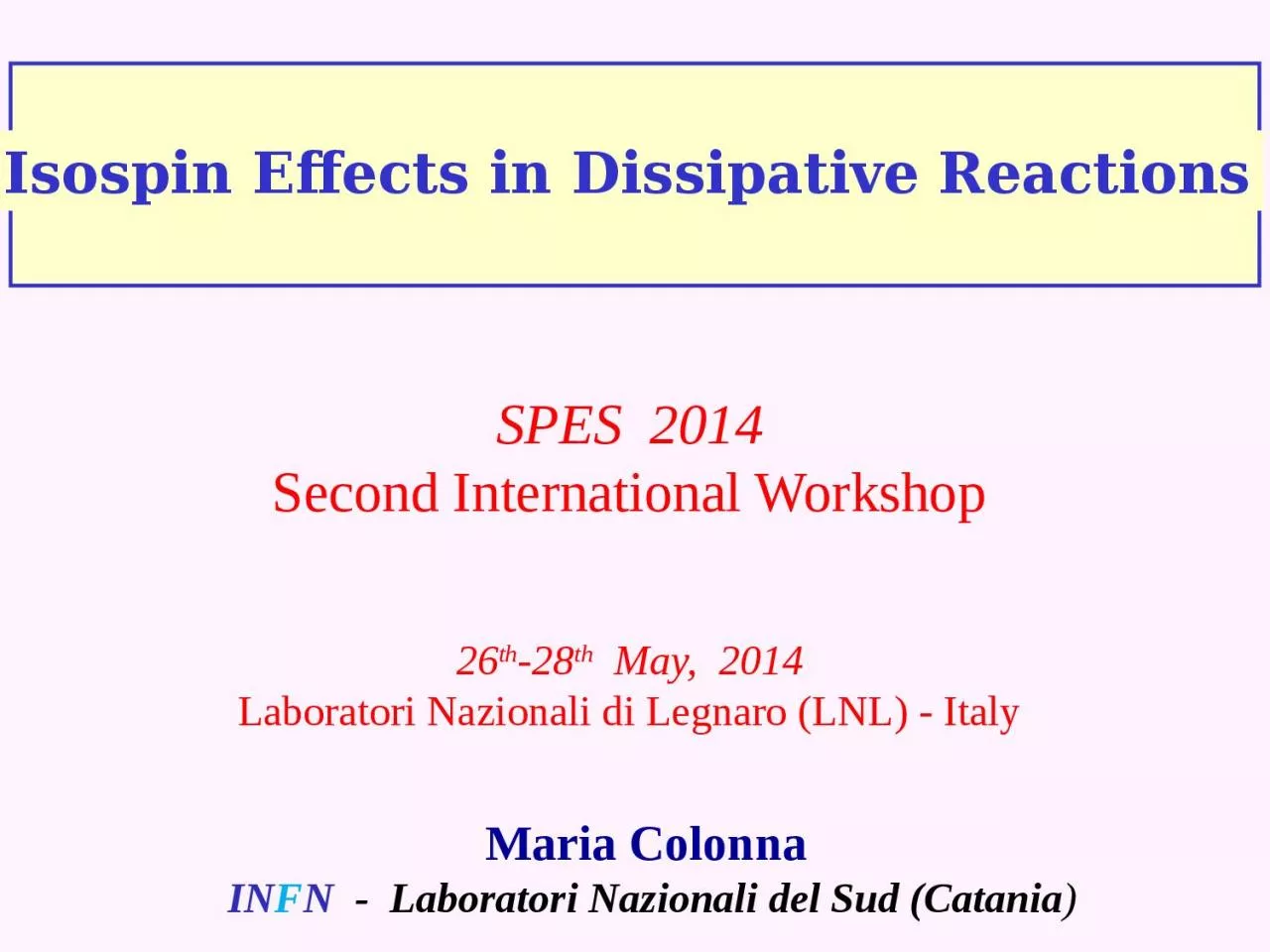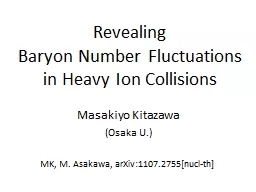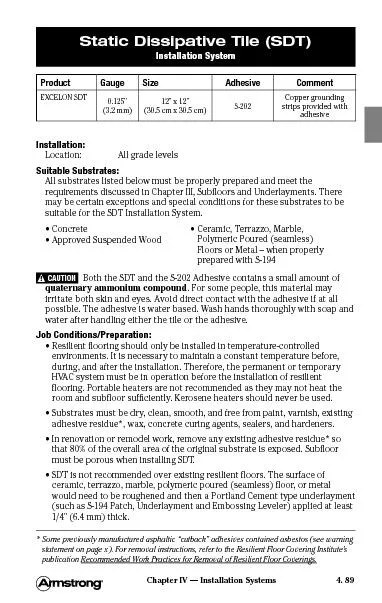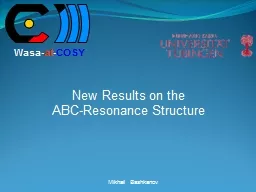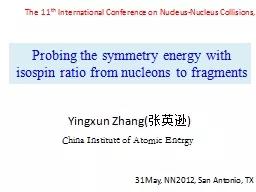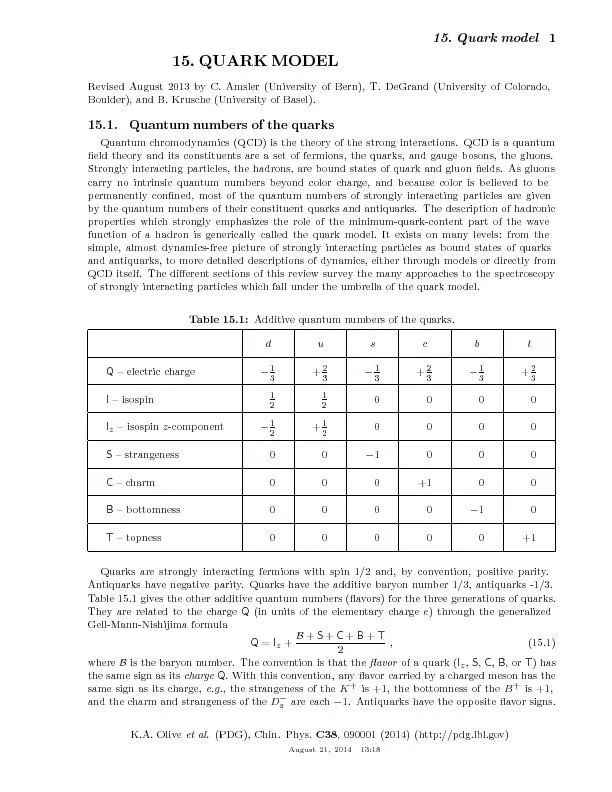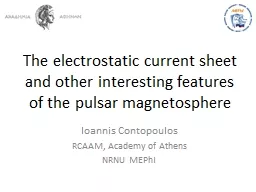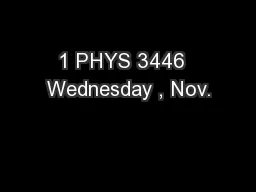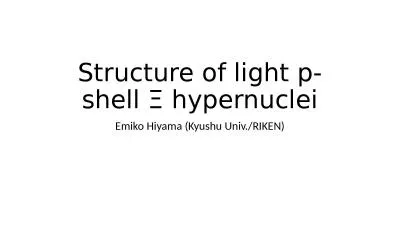PPT-Isospin Effects in Dissipative
Author : ivy | Published Date : 2024-03-13
Reactions Maria Colonna IN F N Laboratori Nazionali del Sud Catania SPES 2014 Second International Workshop 26 th 28 th May 2014 Laboratori Nazionali di Legnaro
Presentation Embed Code
Download Presentation
Download Presentation The PPT/PDF document "Isospin Effects in Dissipative" is the property of its rightful owner. Permission is granted to download and print the materials on this website for personal, non-commercial use only, and to display it on your personal computer provided you do not modify the materials and that you retain all copyright notices contained in the materials. By downloading content from our website, you accept the terms of this agreement.
Isospin Effects in Dissipative: Transcript
Download Rules Of Document
"Isospin Effects in Dissipative"The content belongs to its owner. You may download and print it for personal use, without modification, and keep all copyright notices. By downloading, you agree to these terms.
Related Documents

